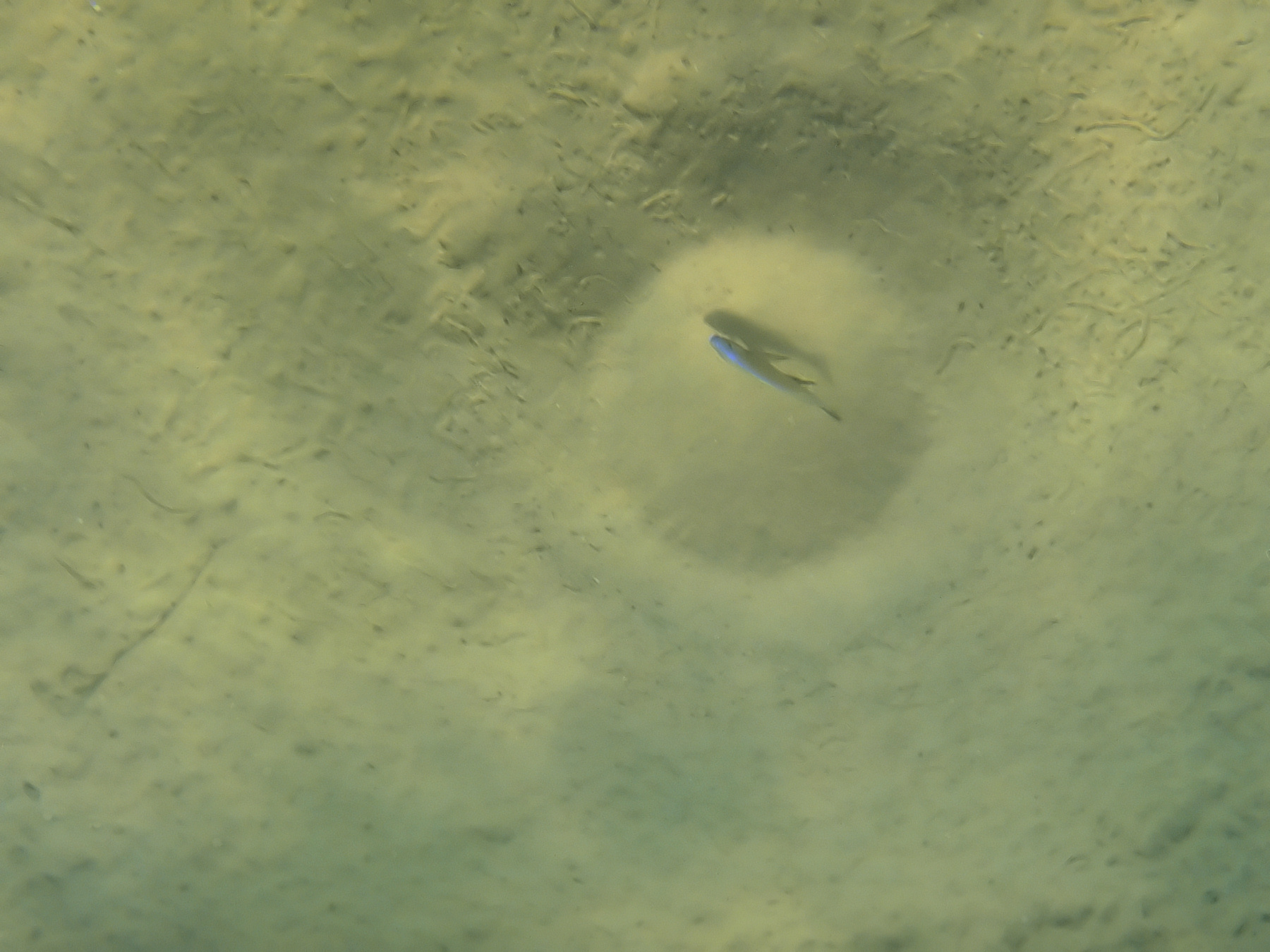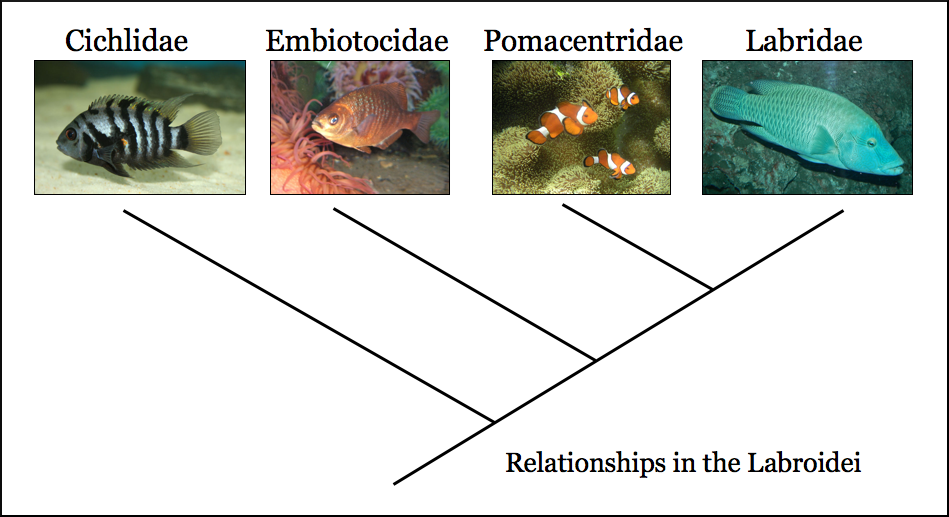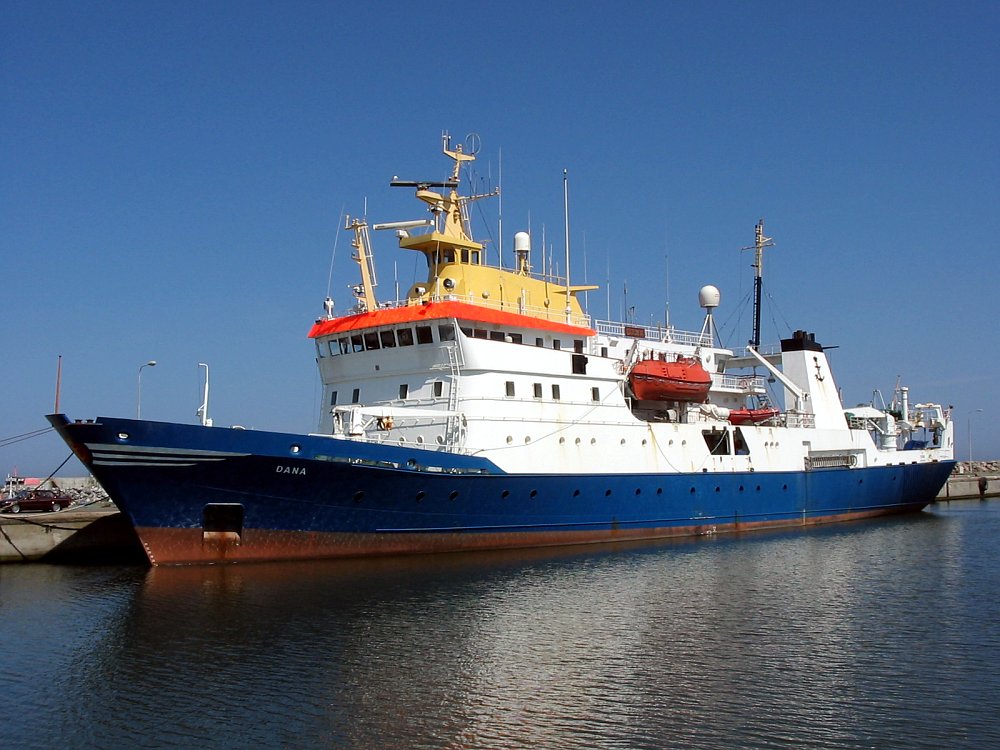|
Copadichromis Ilesi
''Copadichromis ilesi'' is a species of haplochromine cichlid, which is endemic to Lake Malawi, where it is widespread, although not recorded from Mozambique. The specific name of this species honours the British fisheries scientist and ichthyologis Thomas Derrick Iles Thomas may refer to: People * List of people with given name Thomas * Thomas (name) * Thomas (surname) * Saint Thomas (other) * Thomas Aquinas (1225–1274) Italian Dominican friar, philosopher, and Doctor of the Church * Thomas the Ap ... (1927-2017). References ilesi Taxa named by Ad Konings Fish described in 1999 Taxonomy articles created by Polbot {{Cichlidae-stub ... [...More Info...] [...Related Items...] OR: [Wikipedia] [Google] [Baidu] |
Ad Konings
Adrianus Franciscus Johannes Marinus Maria "Ad" Konings (born 11 January 1956 in Roosendaal, Netherlands) is an ichthyologist originally trained in medicine and biology. Konings is best known for his research on African rift lake cichlids. After studies in Amsterdam, he has spent most of his life in Rotterdam. Early life Konings started keeping cichlids when he was 14 years old in 1970. Soon he was breeding rare African cichlids and working as an assistant to the largest tropical fish dealer in the Netherlands. Academic studies and early career From 1974-1980 he studied medical biology at the University of Amsterdam and was awarded his Ph.D. in 1980. He chose this field despite his love of ichthyology due to a fear that if he chose the latter field he would be unemployable. From 1980-1986. he did research on lysosomal enzymes at the Erasmus University in Rotterdam. Most of this was DNA-related work (molecular biology). In 1986, Konings moved to St. Leon-Rot, Germany (ne ... [...More Info...] [...Related Items...] OR: [Wikipedia] [Google] [Baidu] |
Haplochromine
__NOTOC__ The haplochromine cichlids are a tribe of cichlids in subfamily Pseudocrenilabrinae called Haplochromini. This group includes the type genus ('' Haplochromis'') plus a number of closely related genera such as ''Aulonocara'', ''Astatotilapia'', and '' Chilotilapia''. They are endemic to eastern, southern and northern Africa, except for '' Astatotilapia flaviijosephi'' in the ''Middle East''. A common name in a scientific context is East African cichlids – while they are not restricted to that region, they are the dominant Cichlidae there. This tribe was extensively studied by Ethelwynn Trewavas, who made major reviews in 1935 and 1989, at the beginning and at the end of her career in ichthyology. Even today, numerous new species are being described each year. The haplochromines were in older times treated as subfamily Haplochrominae, However, the great African radiation of pseudocrenilabrine cichlids is certainly not monophyletic without them, and thus they are tod ... [...More Info...] [...Related Items...] OR: [Wikipedia] [Google] [Baidu] |
Cichlid
Cichlids are fish from the family Cichlidae in the order Cichliformes. Cichlids were traditionally classed in a suborder, the Labroidei, along with the wrasses ( Labridae), in the order Perciformes, but molecular studies have contradicted this grouping. The closest living relative of cichlids is probably the convict blenny, and both families are classified in the 5th edition of ''Fishes of the World'' as the two families in the Cichliformes, part of the subseries Ovalentaria. This family is both large and diverse. At least 1,650 species have been scientifically described, making it one of the largest vertebrate families. New species are discovered annually, and many species remain undescribed. The actual number of species is therefore unknown, with estimates varying between 2,000 and 3,000. Many cichlids, particularly tilapia, are important food fishes, while others, such as the '' Cichla'' species, are valued game fish. The family also includes many popular freshwater ... [...More Info...] [...Related Items...] OR: [Wikipedia] [Google] [Baidu] |
Endemism
Endemism is the state of a species being found in a single defined geographic location, such as an island, state, nation, country or other defined zone; organisms that are indigenous to a place are not endemic to it if they are also found elsewhere. For example, the Cape sugarbird is found exclusively in southwestern South Africa and is therefore said to be ''endemic'' to that particular part of the world. An endemic species can be also be referred to as an ''endemism'' or in scientific literature as an ''endemite''. For example ''Cytisus aeolicus'' is an endemite of the Italian flora. ''Adzharia renschi'' was once believed to be an endemite of the Caucasus, but it was later discovered to be a non-indigenous species from South America belonging to a different genus. The extreme opposite of an endemic species is one with a cosmopolitan distribution, having a global or widespread range. A rare alternative term for a species that is endemic is "precinctive", which applies t ... [...More Info...] [...Related Items...] OR: [Wikipedia] [Google] [Baidu] |
Lake Malawi
Lake Malawi, also known as Lake Nyasa in Tanzania and Lago Niassa in Mozambique, is an African Great Lake and the southernmost lake in the East African Rift system, located between Malawi, Mozambique and Tanzania. It is the fifth largest fresh water lake in the world by volume, the ninth largest lake in the world by area—and the third largest and second deepest lake in Africa. Lake Malawi is home to more species of fish than any other lake in the world, including at least 700 species of cichlids.Turner, Seehausen, Knight, Allender, and Robinson (2001). "How many species of cichlid fishes are there in African lakes?" ''Molecular Ecology'' 10: 793–806. The Mozambique portion of the lake was officially declared a reserve by the Government of Mozambique on June 10, 2011,WWF (10 June 2011)"Mozambique’s Lake Niassa declared reserve and Ramsar site"Retrieved 17 July 2014. while in Malawi a portion of the lake is included in Lake Malawi National Park. Lake Malawi is a meromic ... [...More Info...] [...Related Items...] OR: [Wikipedia] [Google] [Baidu] |
Specific Name (zoology)
In zoological nomenclature, the specific name (also specific epithet or species epithet) is the second part (the second name) within the scientific name of a species (a binomen). The first part of the name of a species is the name of the genus or the generic name. The rules and regulations governing the giving of a new species name are explained in the article species description. For example, the scientific name for humans is ''Homo sapiens'', which is the species name, consisting of two names: ''Homo'' is the " generic name" (the name of the genus) and ''sapiens'' is the "specific name". Historically, ''specific name'' referred to the combination of what are now called the generic and specific names. Carl Linnaeus, who formalized binomial nomenclature, made explicit distinctions between specific, generic, and trivial names. The generic name was that of the genus, the first in the binomial, the trivial name was the second name in the binomial, and the specific the proper term fo ... [...More Info...] [...Related Items...] OR: [Wikipedia] [Google] [Baidu] |
United Kingdom
The United Kingdom of Great Britain and Northern Ireland, commonly known as the United Kingdom (UK) or Britain, is a country in Europe, off the north-western coast of the European mainland, continental mainland. It comprises England, Scotland, Wales and Northern Ireland. The United Kingdom includes the island of Great Britain, the north-eastern part of the island of Ireland, and many List of islands of the United Kingdom, smaller islands within the British Isles. Northern Ireland shares Republic of Ireland–United Kingdom border, a land border with the Republic of Ireland; otherwise, the United Kingdom is surrounded by the Atlantic Ocean, the North Sea, the English Channel, the Celtic Sea and the Irish Sea. The total area of the United Kingdom is , with an estimated 2020 population of more than 67 million people. The United Kingdom has evolved from a series of annexations, unions and separations of constituent countries over several hundred years. The Treaty of Union between ... [...More Info...] [...Related Items...] OR: [Wikipedia] [Google] [Baidu] |
Fisheries Science
Fisheries science is the academic discipline of managing and understanding fisheries. It is a multidisciplinary science, which draws on the disciplines of limnology, oceanography, freshwater biology, marine biology, meteorology, conservation, ecology, population dynamics, economics, statistics, decision analysis, management, and many others in an attempt to provide an integrated picture of fisheries. In some cases new disciplines have emerged, as in the case of bioeconomics and fisheries law. Because fisheries science is such an all-encompassing field, fisheries scientists often use methods from a broad array of academic disciplines. Over the most recent several decades, there have been declines in fish stocks (populations) in many regions along with increasing concern about the impact of intensive fishing on marine and freshwater biodiversity. Fisheries science is typically taught in a university setting, and can be the focus of an undergraduate, master's or Ph.D. program ... [...More Info...] [...Related Items...] OR: [Wikipedia] [Google] [Baidu] |
Ichthyology
Ichthyology is the branch of zoology devoted to the study of fish, including bony fish ( Osteichthyes), cartilaginous fish (Chondrichthyes), and jawless fish ( Agnatha). According to FishBase, 33,400 species of fish had been described as of October 2016, with approximately 250 new species described each year. Etymology The word is derived from the Greek words ἰχθύς, ''ikhthus'', meaning "fish"; and λογία, ''logia'', meaning "to study". History The study of fish dates from the Upper Paleolithic Revolution (with the advent of "high culture"). The science of ichthyology was developed in several interconnecting epochs, each with various significant advancements. The study of fish receives its origins from humans' desire to feed, clothe, and equip themselves with useful implements. According to Michael Barton, a prominent ichthyologist and professor at Centre College, "the earliest ichthyologists were '' hunters and gatherers'' who had learned how to obtain the most ... [...More Info...] [...Related Items...] OR: [Wikipedia] [Google] [Baidu] |
Thomas Derrick Iles
Thomas may refer to: People * List of people with given name Thomas * Thomas (name) * Thomas (surname) * Saint Thomas (other) * Thomas Aquinas (1225–1274) Italian Dominican friar, philosopher, and Doctor of the Church * Thomas the Apostle * Thomas (bishop of the East Angles) (fl. 640s–650s), medieval Bishop of the East Angles * Thomas (Archdeacon of Barnstaple) (fl. 1203), Archdeacon of Barnstaple * Thomas, Count of Perche (1195–1217), Count of Perche * Thomas (bishop of Finland) (1248), first known Bishop of Finland * Thomas, Earl of Mar (1330–1377), 14th-century Earl, Aberdeen, Scotland Geography Places in the United States * Thomas, Illinois * Thomas, Indiana * Thomas, Oklahoma * Thomas, Oregon * Thomas, South Dakota * Thomas, Virginia * Thomas, Washington * Thomas, West Virginia * Thomas County (other) * Thomas Township (other) Elsewhere * Thomas Glacier (Greenland) Arts, entertainment, and media * ''Thomas'' (Burton novel) 1969 nove ... [...More Info...] [...Related Items...] OR: [Wikipedia] [Google] [Baidu] |
Copadichromis
''Copadichromis'' is a genus of haplochromine cichlids endemic to Lake Malawi in Eastern Africa. ''Copadichromis'' are part of a group known as utaka and are popular with aquarists, as this genus is relatively peaceful in captivity compared to the mbuna. Species There are currently 25 recognized species in this genus: * ''Copadichromis atripinnis'' Stauffer & Te. Sato, 2002 * ''Copadichromis azureus'' Konings, 1990 * '' Copadichromis borleyi'' (Iles, 1960) (redfin hap, goldfin hap) * '' Copadichromis chizumuluensis'' Stauffer & Konings, 2006 * '' Copadichromis chrysonotus'' ( Boulenger, 1908) * ''Copadichromis cyaneus'' ( Trewavas, 1935) * '' Copadichromis cyanocephalus'' Stauffer & Konings, 2006 * '' Copadichromis diplostigma'' Stauffer & Konings, 2006 * '' Copadichromis geertsi'' Konings, 1999 * ''Copadichromis ilesi'' Konings, 1999 * '' Copadichromis insularis'' Stauffer & Konings, 2006 * '' Copadichromis jacksoni'' (Iles, 1960) * '' Copadichromis likomae'' (Iles, ... [...More Info...] [...Related Items...] OR: [Wikipedia] [Google] [Baidu] |
Taxa Named By Ad Konings
In biology, a taxon (back-formation from ''taxonomy''; plural taxa) is a group of one or more populations of an organism or organisms seen by taxonomists to form a unit. Although neither is required, a taxon is usually known by a particular name and given a particular ranking, especially if and when it is accepted or becomes established. It is very common, however, for taxonomists to remain at odds over what belongs to a taxon and the criteria used for inclusion. If a taxon is given a formal scientific name, its use is then governed by one of the nomenclature codes specifying which scientific name is correct for a particular grouping. Initial attempts at classifying and ordering organisms (plants and animals) were set forth in Carl Linnaeus's system in ''Systema Naturae'', 10th edition (1758), as well as an unpublished work by Bernard and Antoine Laurent de Jussieu. The idea of a unit-based system of biological classification was first made widely available in 1805 in the intro ... [...More Info...] [...Related Items...] OR: [Wikipedia] [Google] [Baidu] |


.jpg)



